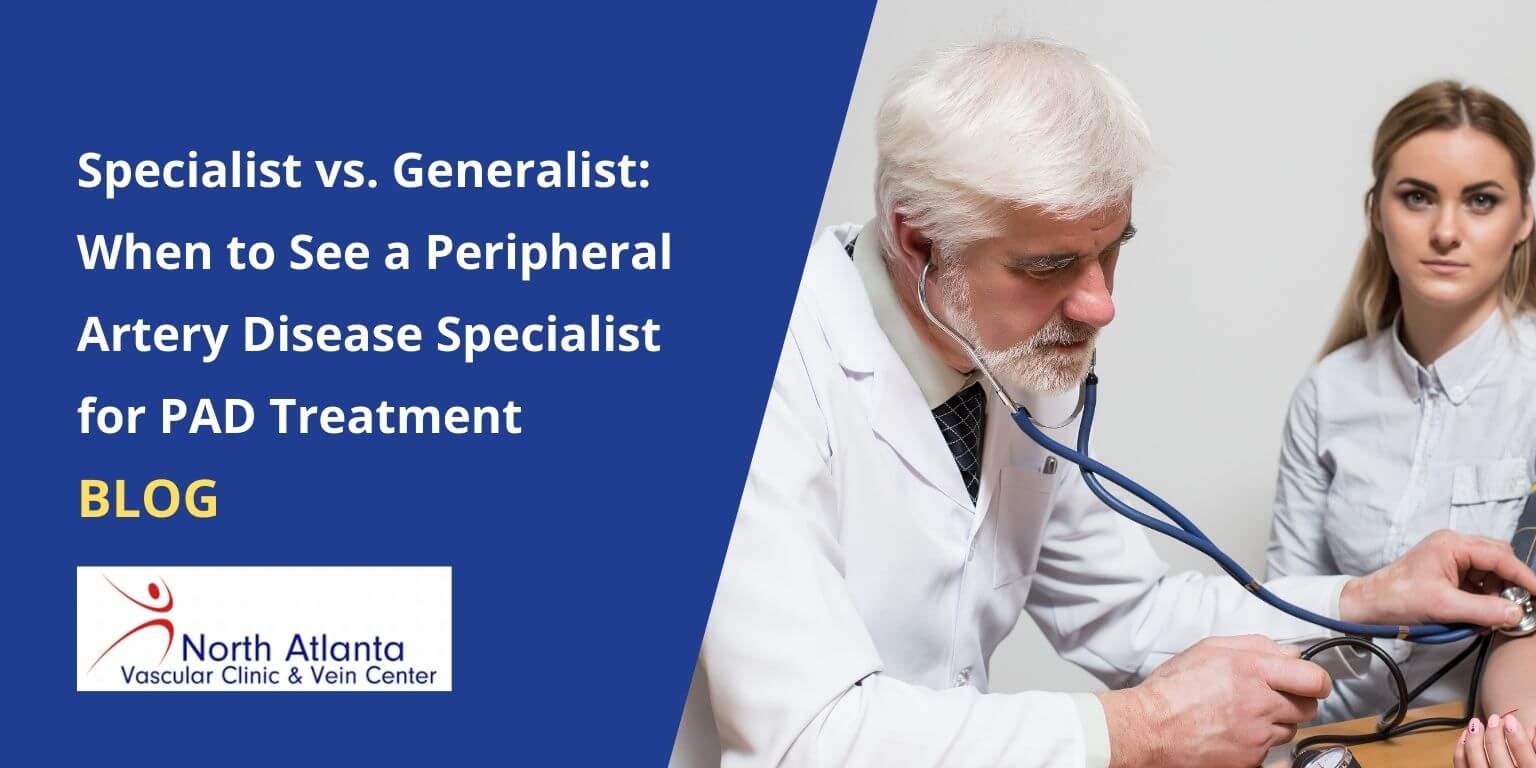Peripheral Artery Disease (PAD) is a prevalent yet frequently overlooked condition affecting millions globally. It arises when arteries narrow due to atherosclerosis, diminishing blood flow to the limbs - particularly the legs - resulting in various symptoms. While general practitioners are essential in managing numerous health issues, certain complex vascular conditions like PAD necessitate specialist intervention. This article delves into when to consult a generalist versus a specialist for PAD treatment, emphasizing the advantages of each approach.
Understanding Peripheral Artery Disease
PAD is characterized by the accumulation of fatty deposits, known as plaque, within the arteries, leading to reduced blood flow to the extremities. This decreased circulation can cause pain, discomfort, and, if untreated, tissue damage.
Common Symptoms:
- Leg pain or cramping during physical activity (intermittent claudication): Discomfort typically subsides with rest but recurs during exercise.
- Numbness, coldness, or discoloration in the legs or feet: Affected limbs may feel unusually cold or appear bluish.
- Non-healing wounds or ulcers on the legs and feet: Reduced blood flow impedes healing processes.
- Weak or absent pulse in the lower extremities: Diminished circulation can lead to a faint or missing pulse.
Risk Factors:
- Smoking: Significantly increases the risk of PAD.
- Diabetes: Elevates the likelihood of arterial blockages.
- High blood pressure: Contributes to arterial damage.
- High cholesterol: Leads to plaque buildup in arteries.
- Obesity: Associated with increased risk of PAD.
The Role of a Generalist in PAD Care
General practitioners are often the first to detect PAD. They assess symptoms such as leg pain, cramping, or ulcers and may employ the ankle-brachial index (ABI) test to evaluate limb circulation.
Generalist Treatment Options:
- Risk management: Addressing underlying conditions like diabetes, hypertension, and high cholesterol that contribute to PAD.
- Prescribing medications: Utilizing blood thinners, cholesterol-lowering drugs, and antihypertensives to manage the disease.
- Referrals to specialists: Directing patients to vascular specialists for advanced diagnostics and treatments when necessary.
What Does a Peripheral Artery Disease Specialist Do?
Vascular specialists possess advanced training in diagnosing and treating vascular conditions, ensuring precise diagnoses and personalized treatment plans.
Advanced Diagnostic Tools:
- Imaging techniques: Employing ultrasound, CT scans, MRIs, and angiography to obtain detailed views of blood flow and arterial blockages.
Specialized Treatment Options:
- Minimally invasive procedures: Including angioplasty (widening narrowed arteries) and stenting (inserting a small mesh tube to keep arteries open).
- Surgical interventions: In severe cases, procedures like bypass surgery may be necessary.
- Long-term care plans: Developing comprehensive strategies to manage PAD progression and prevent complications.
Benefits of Consulting a PAD Specialist
There are several benefits of consulting a PAD Specialist.
- Comprehensive Diagnosis and Treatment: Specialists provide access to advanced diagnostic tools and targeted treatments beyond the scope of general practice.
- Improved Outcomes: Patients under specialist care often experience better treatment results, including higher success rates for procedures.
- Prevention of Severe Complications: Early intervention by specialists can avert serious complications, such as amputation.
When to See a Vascular Doctor?
Consult a PAD specialist if you experience:
- Persistent or worsening leg pain not relieved by rest.
- Non-healing wounds or ulcers on the legs.
- Mobility issues or difficulty walking due to leg pain.
- Signs of tissue damage or gangrene.
Referral Criteria
- Symptoms unresponsive to generalist care.
- High risk due to family history or coexisting conditions (e.g., diabetes, high blood pressure).
- Significant arterial blockages requiring advanced intervention.
Conclusion
Peripheral Artery Disease (PAD) requires proactive management to prevent complications like ulcers, infections, and amputations. Treatment options for PAD include lifestyle changes such as quitting smoking, a healthy diet, and regular exercise, along with medications to improve blood flow, lower cholesterol, and control blood pressure. For severe cases, minimally invasive procedures like angioplasty and stenting or bypass surgery may be needed. Timely intervention by general practitioners or vascular specialists can improve outcomes, enhance mobility, and protect overall health.
Don’t Let PAD Slow You Down—Take the First Step Toward Healthier Legs and a Better Life
If you’re experiencing symptoms of Peripheral Artery Disease, don’t wait for them to worsen. Schedule an appointment with us at North Atlanta Vascular Clinic for expert care. Early intervention can make all the difference in your journey to improved vascular health.
